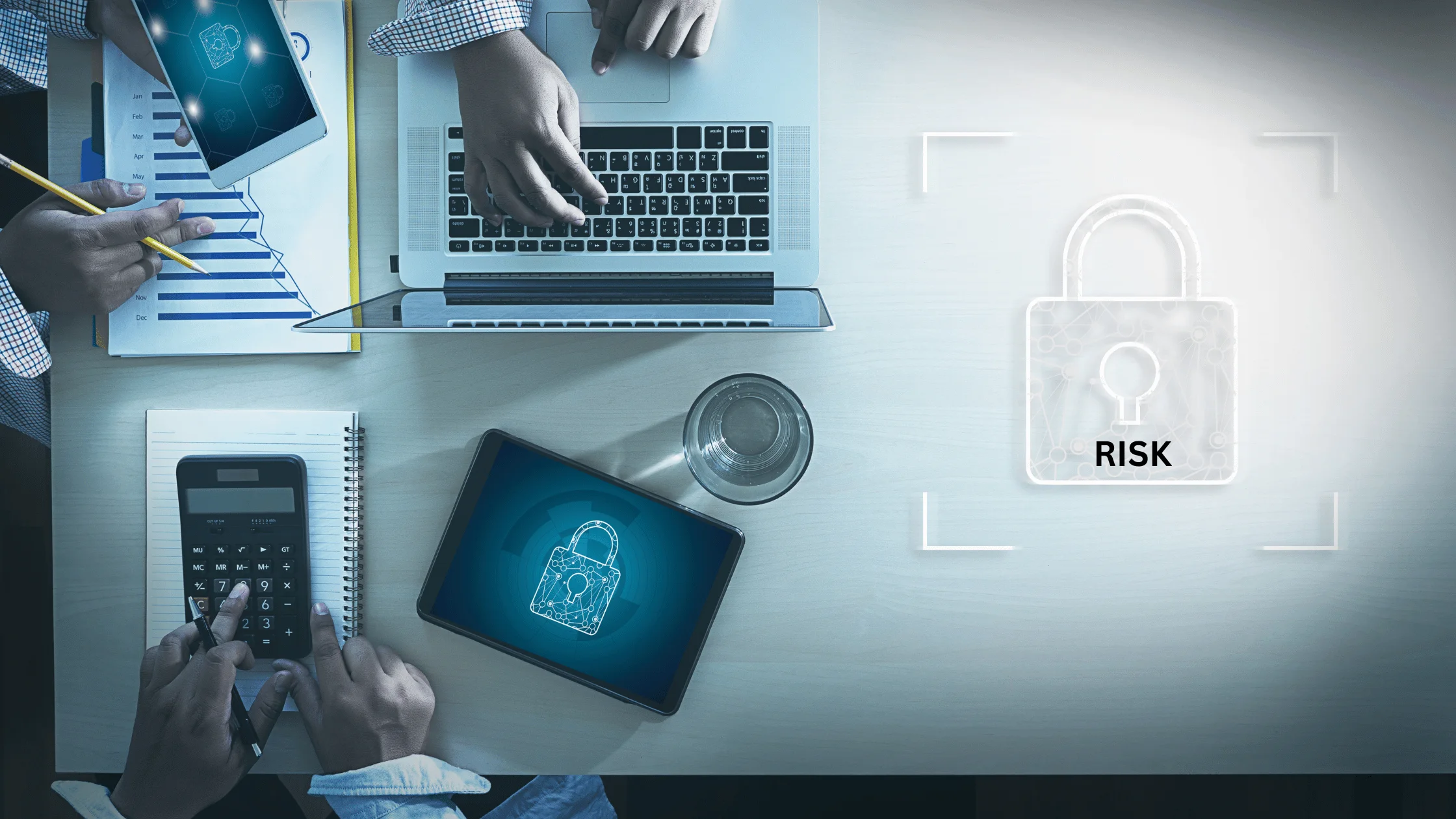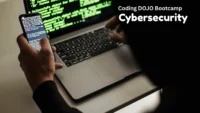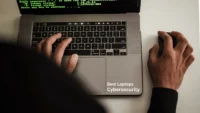How Do Macros Pose a Cybersecurity Risk?
Published: 23 Jun 2025
In the ever-evolving arena of cyber threats, macros remain one of the most deceptively simple yet potent tools in an attacker’s arsenal.

Originally designed to automate repetitive tasks in applications like Microsoft Word or Excel, macros have become a classic conduit for cyberattacks, particularly those involving social engineering and malware deployment.
What Are Macros?
Macros are embedded scripts written in programming languages like VBA (Visual Basic for Applications) that automate tasks within documents. For instance, a macro in an Excel spreadsheet could be programmed to format cells, generate charts, or calculate formulas automatically.
However, this very power, to execute commands inside trusted files, opens a wide doorway for exploitation.
Why Are Macros a Security Concern?
1. Execution of Malicious Code
Attackers often embed malicious macros in document files (e.g., .docm, .xlsm) and trick users into enabling them, typically through phishing emails. Once a macro is enabled, it can:
- Download and execute malware
- Modify system files or registry settings
- Exfiltrate sensitive data
- Create backdoors for persistent access
2. Bypassing Traditional Defenses
Macros operate within legitimate software environments, making them difficult for traditional antivirus solutions to detect, especially if obfuscated or encoded.
3. Social Engineering Enhancer
Documents containing macros are often disguised as legitimate invoices, HR files, or urgent internal memos. Psychological pressure tactics (e.g., “Enable Content to View Report”) further increase user compliance, exploiting human trust more than technical vulnerabilities.
Notable Examples of Macro-Based Attacks
- Dridex Banking Trojan: One of the most infamous campaigns using Excel macros to steal banking credentials.
- Emotet Malware: Spread through malicious Word documents with macros that download additional payloads.
- APT Campaigns: Nation-state actors have used macros in espionage and cyber sabotage, capitalizing on their stealth.
Real-World Attack Flow Using Macros
- Delivery: The Attacker sends a phishing email with a macro-laden attachment.
- User Interaction: The Victim opens the document and is prompted to “Enable Content.”
- Macro Execution: Embedded VBA script runs silently in the background.
- Payload Deployment: Malware is downloaded and executed.
- Persistence/Exfiltration: A Backdoor is created or data is exfiltrated to an external server.
How to Mitigate Macro-Based Risks
| Defense Measure | Description |
|---|---|
| Disable Macros by Default | Prevent execution unless explicitly allowed via group policies. |
| Use Protected View | Open email attachments in read-only mode to prevent code execution. |
| Employ Advanced Email Filtering | Detect and quarantine phishing attempts with macro attachments. |
| Implement Endpoint Detection (EDR) | Spot unusual macro behavior that bypasses basic antivirus tools. |
| Educate Users | Train staff to recognize phishing lures and suspicious document behavior. |
| Leverage Application Whitelisting | Only allow macros signed by trusted sources to run. |
The Macro Threat Landscape in 2025 and Beyond
While Microsoft has taken steps to disable macros from the internet by default, threat actors continue to evolve. Alternatives such as XLL add-ins, malicious OneNote files, and living-off-the-land binaries (LOLBins) are gaining traction. Still, macros remain a threat, especially in regions or organizations where legacy systems and poor security hygiene persist.
Final Thoughts
Macros exemplify how legitimate features can become cyber risks when exploited. For cybersecurity professionals, vigilance, layered defenses, and user education are key to neutralizing macro-based threats. As attackers grow bolder and more innovative, defenders must equally deepen their understanding—not just of tools, but of human behavior.

- Be Respectful
- Stay Relevant
- Stay Positive
- True Feedback
- Encourage Discussion
- Avoid Spamming
- No Fake News
- Don't Copy-Paste
- No Personal Attacks

- Be Respectful
- Stay Relevant
- Stay Positive
- True Feedback
- Encourage Discussion
- Avoid Spamming
- No Fake News
- Don't Copy-Paste
- No Personal Attacks





